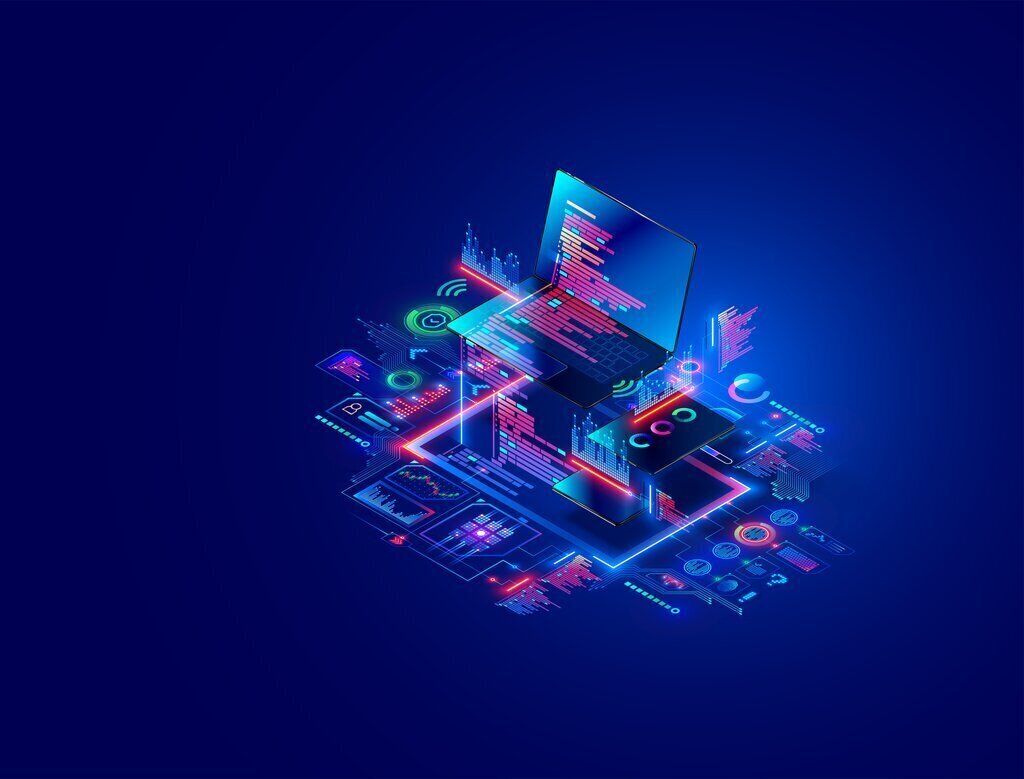AI System Architecture
Microservices architecture is an increasingly popular approach to AI development, allowing developers to break their applications into smaller services that are easier to manage and update. This architecture offers a range of benefits, including scalability, agility, and improved maintainability.

AI development has disrupted and revolutionized the way businesses operate, providing more efficient and effective solutions for complex problems. Microservices architecture is an increasingly popular approach to AI development, allowing developers to break their applications into smaller services that are easier to manage and update. This architecture offers a range of benefits, including scalability, agility, and improved maintainability.
In this article, we will discuss what microservices architecture is and why it is beneficial for building AI solutions. We will also explore how architects are using microservices to develop smarter AI applications and how organizations can benefit from using this approach.
At its core, microservices architecture is based on the idea of modularity: breaking down large applications or systems into small self-contained services that can be deployed independently. Each service runs in its own process and communicates with other services via an API or data layer. This approach allows for faster development cycles and higher levels of scalability as each service can be created on its own terms with specific configurations tailored to its own set of needs and functions. Additionally, changes to one service have minimal effect on other services which makes them easier to maintain in the long run.
The most significant advantage of microservices over traditional monolithic architectures is their ability to allow for distributed computing across multiple nodes in a network environment. This level of scalability means that resources can be allocated dynamically – enabling developers to easily scale their applications according to the demand of usage without having to manually configure additional hardware or software components into the system each time capacity increases or decreases.
Furthermore, as each service is completely isolated from other parts of the application it's harder for bugs or security vulnerabilities within one service to spread out across the entire application making it much less vulnerable as a whole. Lastly, utilizing modern open APIs empowered by highly customizable processes enables rapid implementation of novel features like predictive models and intelligent automation which would otherwise require heavy investments in specialized personnel or training material.
The primary benefits of a microservices architecture include scalability, agility, improved maintainability, and distributed computing. This approach allows for faster development cycles and higher levels of scalability as each service can be created on its own terms with specific configurations tailored to its own set of needs and functions. Additionally, changes to one service have minimal effect on other services which makes them easier to maintain in the long run.
However, microservices architectures are not without their challenges. These architectures come with a level of complexity that can be difficult to manage as there are multiple moving parts that developers must keep track of when creating applications or making updates. Additionally, increased communication between services often leads to issues such as latency and data synchronization delays which can impact the performance of an application. Furthermore, debugging is more difficult in microservices compared to monolithic architectures due to the isolated nature of each service within the system.
In conclusion, microservices offer a unique array of advantages over traditional approaches when developing AI solutions such as scalability, fault tolerance, flexibility, and enhanced maintainability - all without sacrificing performance or reliability. By leveraging these benefits organizations can achieve greater ability when it comes time to design smarter AI solutions while they are still able to create impactful change quickly enough not to become outdated by rapidly advancing technology needs dictated by market demand.
Let us know what you think and do not hesitate to ask if you have any questions.

